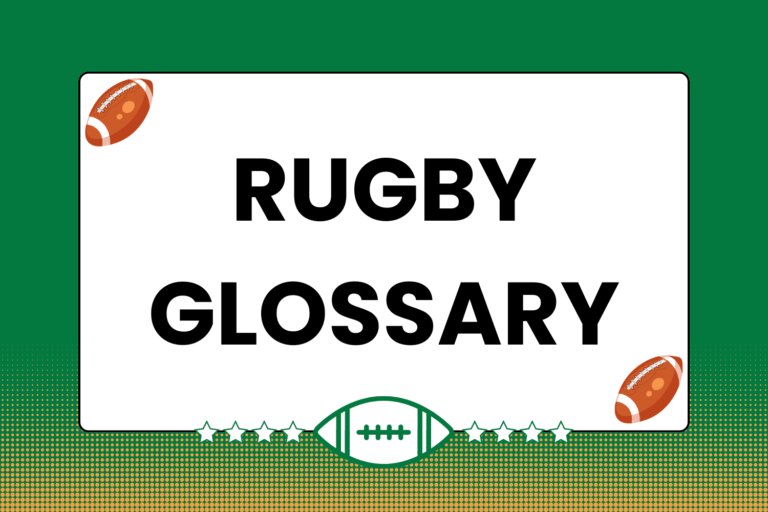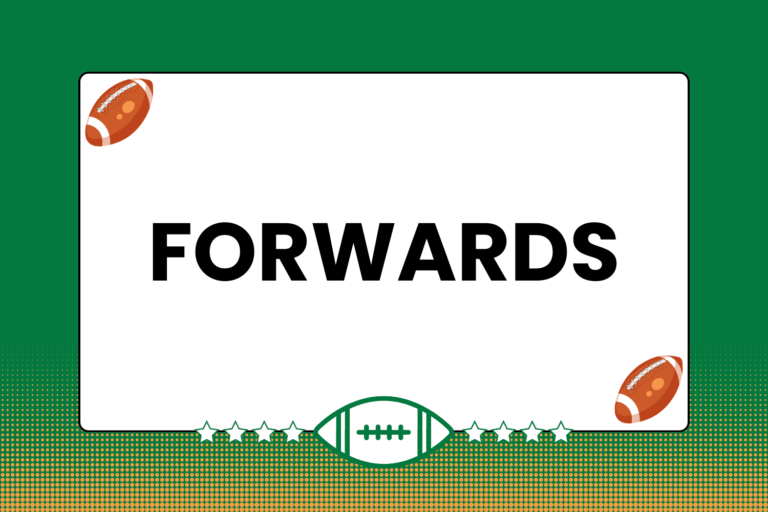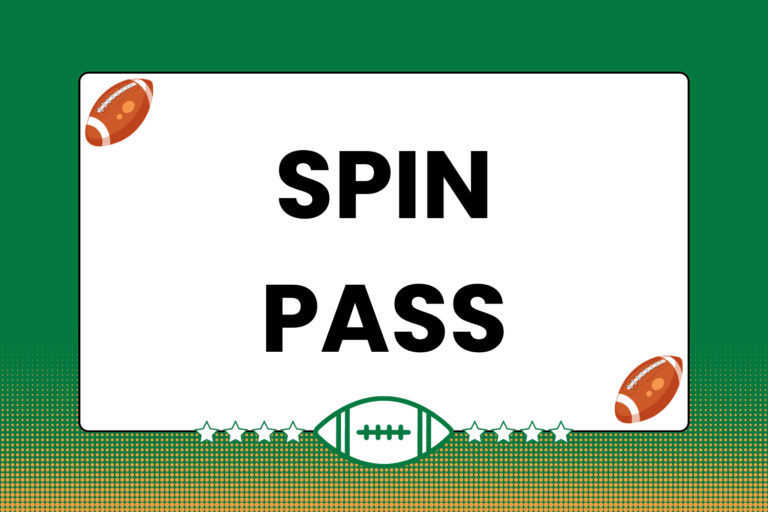To the untrained eye, rugby can appear to be little more than 80 minutes of barely contained chaos. In reality, there exists a set of structures which are in place to help facilitate a game through its various stages. Several of those structures deal with contesting possession of the ball, which takes place during scrums, rucks, and mauls. Below are some of the more common signals used by referees during these structures; these are not the only referee signals that exist, but they are among the most frequently used.
Scrum Signals
One of the most recognizable parts of rugby is the scrum, which also happens to be the most common set piece. Scrums are used to restart the game after a forward pass or knock-on occurs, or when the ball becomes otherwise unplayable but still remains in the field of play. Here are some referee signals that are commonly seen during scrums:
Scrum Awarded
When something takes place that warrants a scrum, the referee will stand near the spot where the scrum will begin, his back parallel to the touch line, with the arm closest to the team that’s awarded the put-in raised and pointed at that team. The referee will also likely call out, “Scrum to ____,” with the indicated team’s name or main color in place of the blank.
Forming a Scrum
Immediately before the scrum actually starts, the referee will signal that a scrum is about to take place. The signal also indicates that the forwards should start to bind together in preparation for the scrum. The referee will stand near the spot of the scrum, arms raised overhead and bent at the elbow, with the hands over the head, palm down, and the fingertips touching.
Put-in at Scrum not Straight
This is one of the most common scrum penalties in the game. When rolling the ball into a scrum, it is supposed to be rolled (relatively) straight; occasionally the scrum half responsible for the put-in will slightly angle it towards that player’s team. This is a penalty, and the referee signals it by simulating a put-in that’s obviously skewed to one side.
Failure to Bind Fully
All players in a scrum must be bound to at least one other player for the duration of the scrum. Different players bind together in different spots, so the rules vary from one position to the next. However, should a player be guilty of not completely binding on while the scrum is underway, the referee will signal the penalty by holding one arm out at shoulder-height and moving the other hand up and down the outstretched arm, indicating that a player was not bound on properly.
Ruck & Maul Signals
Rucks and mauls are similar to scrums in that several players are bound together while fighting over the ball. In the case of rucks, however, the ball is literally up for grabs, unlike in the relatively controlled environment of the scrum. The same is somewhat true of a maul — though it does require the added step of forcing the ball carrier on the attacking team to the ground, which then sets up a ruck.
Rucks and mauls tend to get somewhat chaotic, and it becomes difficult to tell what will come from it. As this is the case, there are several situational calls that the referee can make, depending on the outcome. Here are some of the more common signals used during rucks and mauls:
Unplayable Ball in Ruck or Tackle
Sometimes after the ball carrier gets brought to the ground, it becomes nearly impossible for the ball to be played out. Usually this is because the ball is pinned beneath a player, who is also pinned down by several other players. Regardless of the reason, when the ball becomes unplayable, the referee will whistle the play dead and call for a scrum. The team that had the ball going into the tackle/ruck will be awarded the put-in.
The referee will signal as much by standing parallel to the touch line, with one arm extended back towards the team that was given the put-in. He then cups the hand of that arm in and sweeps that hand back and forth a few times.
Unplayable Ball in Maul
Mauls can be powerful offensive tools, but they do carry some risk. Chief among that risk is the obligation of the attacking team to keep the ball continuously moving forward, or else to quickly pass it away. When the attacking team is in a maul but fails to do either of those two things, a penalty is called that results in a scrum, with the defending team getting the put-in. The referee will signal this infraction by pointing one arm at the defending team. He will then point the other arm at the offending team, bend at the elbow, and come across his body.
Offsides at a Ruck or Maul
When rucks and mauls take place, players from both sides are free to join their teammates, as long as they do so correctly.
- The laws for both types of possession contests require that players joining from either side do so from the rearmost point of the ruck/maul, and also from behind the rear foot of the rearmost player.
- In other words, players must join at the very back of the ruck/maul, and must come in straight from the back (as opposed to at an angle).
Failure to do so is a penalty, and the referee will signal this infraction by standing at the spot where it took place, with one arm held approximately waist-high making a sawing motion.
Handling the Ball in Ruck or Scrum
Sometimes, to give his team an advantage on playing the ball, a player involved in a ruck or scrum will attempt to move the ball while the ruck is still going on. The referee signals this penalty by swinging one arm back and forth along one side of the body, as though the ref is trying to roll the ball away.
Keeping it Clean
Scrums, rucks, and mauls make for some of the most highly physical aspects of rugby. To moderate that physicality, laws are put into effect that dictate what’s legal. Many of the signals listed above are attached to those types of laws. The easier it is to recognize these signals, the easier it will be to understand what referees think is acceptable — and more importantly, what isn’t.





